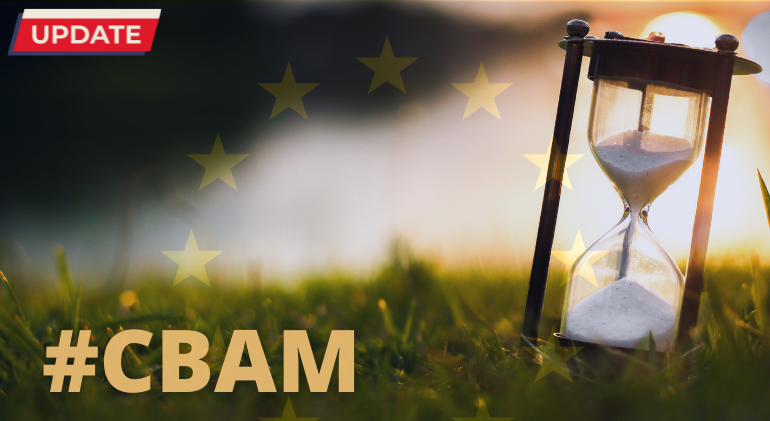

From this Sunday, October 1, the European Union (EU) will start implementing the Carbon Border Adjustment Mechanism (CBAM) in its transitional phase. This regulation reflects the EU’s commitment to mitigating carbon leakage as part of the Fit for 55 Agenda. It aims to harmonize carbon costs between local and imported products. CBAM should also galvanize global industries towards adopting greener technologies.
Initially, this mechanism will include cement, aluminum, steel, electricity, hydrogen, and fertilizer imports. From now on, importers must submit quarterly reports on greenhouse gas (GHG) emissions in production. Data collection starts in the last quarter of 2023, with the first CBAM reports due by January 31, 2024. There will be no CBAM financial levies during the transitional phase. However, penalties may apply for those failing to meet reporting requirements. These may range from EUR 10 – 50 per metric ton of unreported emissions. Therefore, companies in affected industries must prepare and adapt to ensure their systems for efficient emissions monitoring, calculation, and reporting.
The transitional phase will enable all CBAM stakeholders to refine the strategies and adjust. The full-fledged CBAM implementation phase starts in 2026. Importers will then purchase CBAM certificates for GHGs in the imported CBAM products.
The EU is launching a new CBAM transitional registry on October 1 to aid the reporting process. The European Commission will consider any adjustments to CBAM during the transitional period and evaluate the inclusion of additional products.